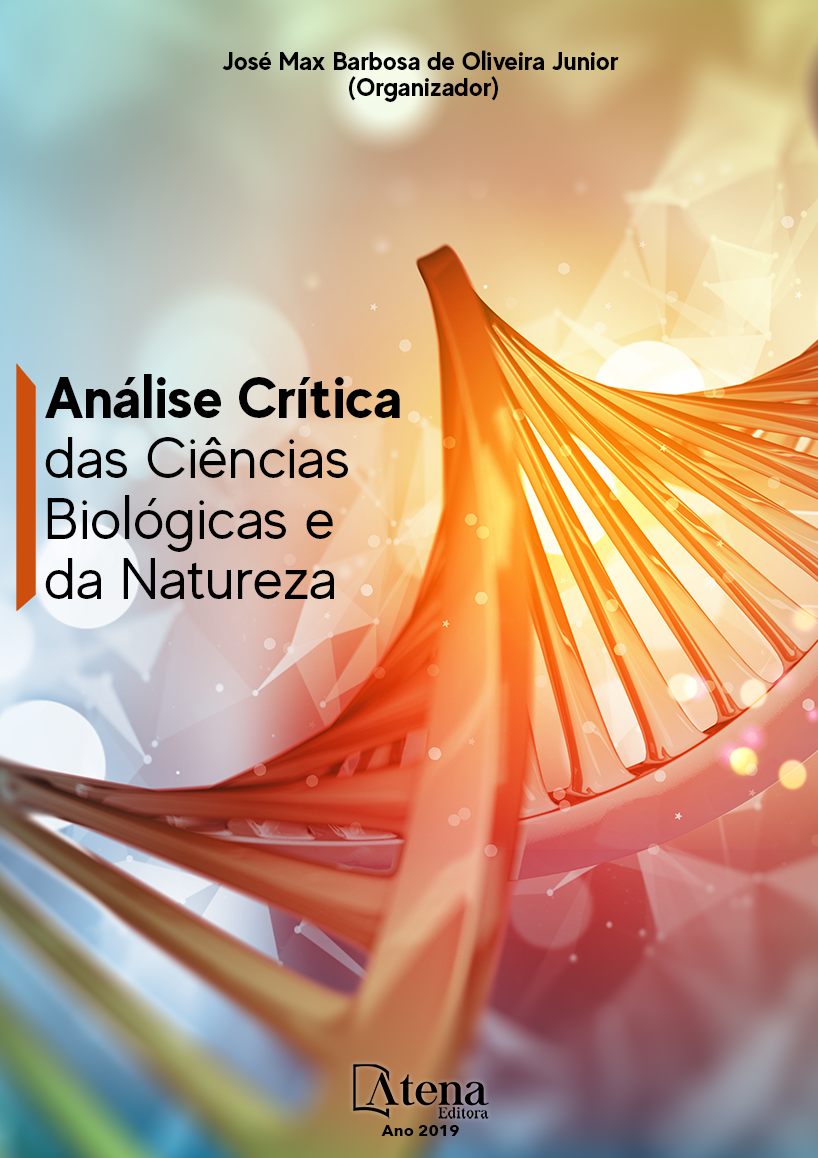
USO DA MEMBRANA DE CELULOSE BACTERIANA (NANOSKIN®) EM FERIDAS EXPERIMENTAIS NA ESPÉCIE OVINA
As feridas em animais de produção ocorrem em decorrência de traumas e geralmente cicatrizam por segunda intenção. A celulose bacteriana (CB) tem sido intensamente estudada e avaliada como material de reparação do tecido e vários diferentes produtos da CB vêm tendo sucesso ao serem aplicados na cicatrização da pele. Com este trabalho, objetivou-se efetuar a avaliação clínica e termográfica do uso da membrana de celulose (Nanoskin®) em feridas experimentalmente induzidas nas regiões metacarpiana e metatarsiana de ovinos. Foram utilizadas doze ovelhas, adultas e hígidas. Com o uso de um molde, as feridas foram confeccionadas retirando-se a espessura total da pele nas regiões laterais do metacarpo e metatarso. Todas as feridas foram tratadas diariamente com solução fisiológica a 0,9% e mantidas com atadura trocadas diariamente após o curativo. As avaliações clínica e termografia foram realizadas imediatamente antes e após a confecção das feridas e aos 3, 7, e 15 dias de pós-operatório. Os dados das áreas foram submetidos à análise de variância em parcelas subdivididas com medidas repetidas no tempo e taxa de contração das feridas à análise de variância em parcelas subdivididas, seguido do teste de Tukey para comparações múltiplas de médias. As temperaturas obtidas (centro e bordas) com a avaliação termográfica foram analisadas através de análise de variância e teste t de Student, empregando-se o programa SAS (Statistical Analysis System).
USO DA MEMBRANA DE CELULOSE BACTERIANA (NANOSKIN®) EM FERIDAS EXPERIMENTAIS NA ESPÉCIE OVINA
-
DOI: 10.22533/at.ed.57619270512
-
Palavras-chave: cicatrização, feridas, ovinos.
-
Keywords: healing, wounds, sheep.
-
Abstract:
Wounds in production animals occur as a result of trauma and usually heal by second intention. Bacterial Cellulose (BC) has been intensively studied and evaluated as a tissue repair material and several different BC products have been successful in the healing of the skin. The objective of this work was to evaluate the clinical and thermographic evaluation of cellulose membrane (Nanoskin®) in experimentally induced wounds in the metacarpal and metatarsal regions of sheep. Were used twelve sheep, adult and healthy. With the use of a mold, wounds were made by removing the full thickness of the skin in the lateral regions of the metacarpal and metatarsus. All wounds were treated daily with 0.9% saline and kept with bandage changed daily after dressing. Clinical evaluation and thermography were performed immediately before and after wound dressing and at 3, 7, and 15 postoperative days. The data of the areas were submitted to analysis of variance in subdivided plots with repeated measures in time and rate of contraction of the wounds to the analysis of variance in subdivided plots, followed by the Tukey test for multiple comparisons of means. The temperatures obtained (center and edges) with thermographic evaluation were analyzed through analysis of variance and Student's t-test, using the SAS (Statistical Analysis System) program.
-
Número de páginas: 15
- Flávia de Almeida Lucas
- Fernanda Bovino
- Matheus de Oliveira Souza Castro
- Camila Sabino de Oliveira


